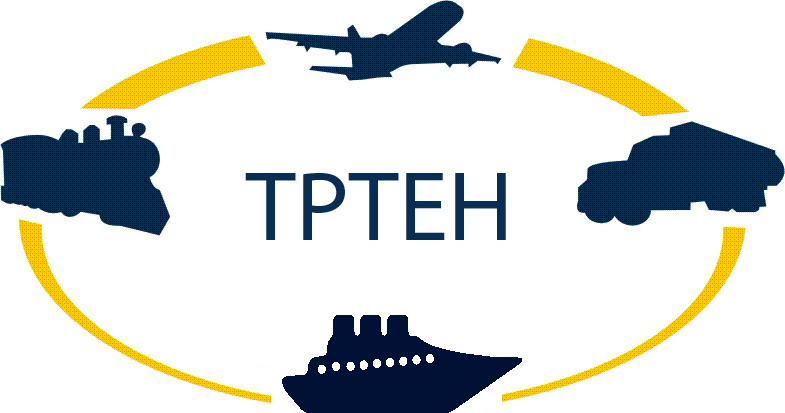1 – Abbas K. A., Bell M. G. H., and Crouch F. O. (1990) Computer-Based Support for the Management of Investments in Road Infrastructure. Proceedings of the 18th Planning and Transport Research and Computation (PTRC) Summer Annual Meeting, Seminar J/K: Highway Appraisal Design and Management/Highway Construction and Maintenance, Sussex, UK, pp. 41-45/85-98.
Abstract:
Road transport is regarded as one of the key elements that contributes to the economic growth and development of a country. Lack or deterioration of roads represents a major obstacle to the prosperity and well-being of a country and investments in construction, maintenance and upgrading of roads constitute a large portion of their transport budget. The growing conflict between the requirements of the road network and the available financial resources is one of the most serious problems with which highway authorities have to deal. There is a need for simplified planning techniques that are capable of testing alternative strategies for investing in the road network. These tools should provide powerful support to highway decision-makers so that they can make more rational and informed decisions. Decisions should be targeted towards achieving a better management and control of the road network system to maximise and sustain the benefits obtained from road investments. Financial stringency requires the development of road management systems. These systems can be described as computerised, analytic tools that consider the whole-life costing of alternative strategies for the road network. These tools enable the testing of alternative planning programmes for the highway sector and hence the effective management of the road network.
2 – Abbas K. A. (1993) Illustration of SDPMS: A Generic Pavement Management System. Proceedings of the XII International Road Federation (IRF) World Congress, Volume III, Session 4: Road Maintenance Techniques, Madrid, Spain, pp. 149-158.
Abstract:
In any transport system, financial resources are consumed in constructing, administrating and maintaining the road network to an adequate standard. This paper introduces a Pavement Management System developed using the concepts of System Dynamics methodology SDPMS. The main objective of the SDPMS is to act as a tool for testing the consequences of different road policies on the development of the road network. The policy analysis is concerned with those aspects of the road system that the decision-maker can control. To demonstrate the utility of the SDPMS for policy analysis, alternative scenarios for allocating and generating road funds were simulated. A set of simulation runs was performed on the computer in an attempt to understand what effects changes in the amount and timing of road funds might have on the performance of the road network. In these runs, road funds were stochastically specified with the same mean and standard deviation. The main change from one run to another was in the initial integer (seed) that randomises the sequential generation of values of road funds in the same manner as repeated Monte Carlo simulation. To compare these alternatives, some of the main indicators that show the structural performance of the road network, over time are displayed.
3 – Abbas K. A., Fattah N. A. & Farhat H. H. (2003) A Proposed Bridge Inspection and Maintenance Management System (BIMMS) in Egypt. Civil Engineering Research Magazine (CERM), Faculty of Engineering, Volume 25, No. 2, Al-Azhar University, Cairo, Egypt.
Abstract:
Bridges are considered as one of the most valuable transport infrastructure assets. One of the major factors affecting the life span and the safety of traffic on bridges is their physical condition. In this context, bridges should be inspected and maintained in accordance with a management plan, which is part of a wider bridge management system aiming at sustaining the physical condition of bridges in an acceptable form. This paper is concerned with proposing a Bridge Inspection and Maintenance Management System (BIMMS) in Egypt. In pursuing this objective, the literature was reviewed and two questionnaire forms, concerned with details of the components of bridge inspection and maintenance, were designed, piloted, refined and distributed between two groups of specialized respondents. The first group includes a number of professional employees holding key positions concerned with bridge construction, inspection and maintenance at the Egyptian Railway Authority, the Egyptian Roads and Bridges Authority as well as the Roads and Transport Bureau at Cairo governorate. The second group includes a number of Egyptian academics specialized in the fields of structural, road and bridge engineering and management. Completed questionnaires were collected. These were thoroughly analyzed using a number of statistical tests. The first test aimed at investigating the independence of responses between the two responding groups. Based on the results of this test, descriptive statistics, either for the two groups combined or for each group separately, were computed to show the central tendencies of the responses. Finally, goodness of fit tests were also applied in an effort to determine whether some of the collected data are fitting common statistical distributions. Based on the results of the questionnaire analysis as well as on the literature review, a proposed Bridge Inspection and Maintenance Management System (BIMMS) was envisaged for Egypt.


